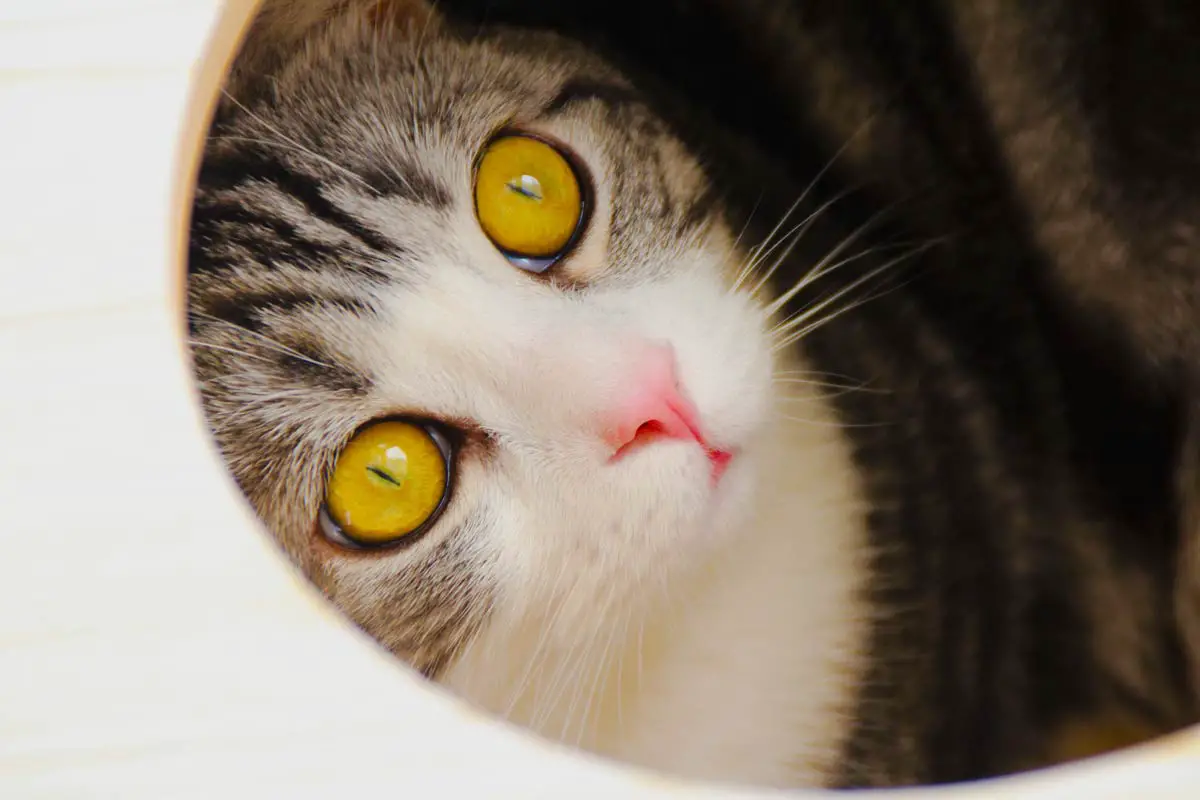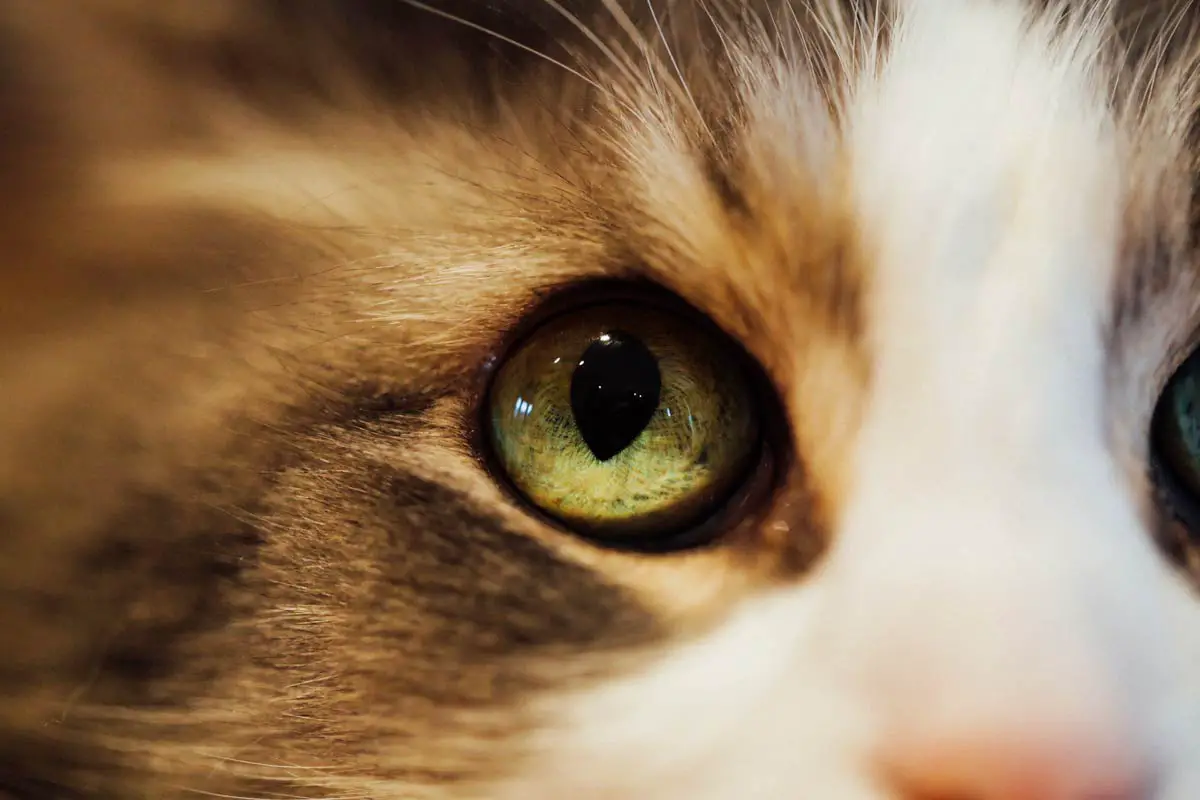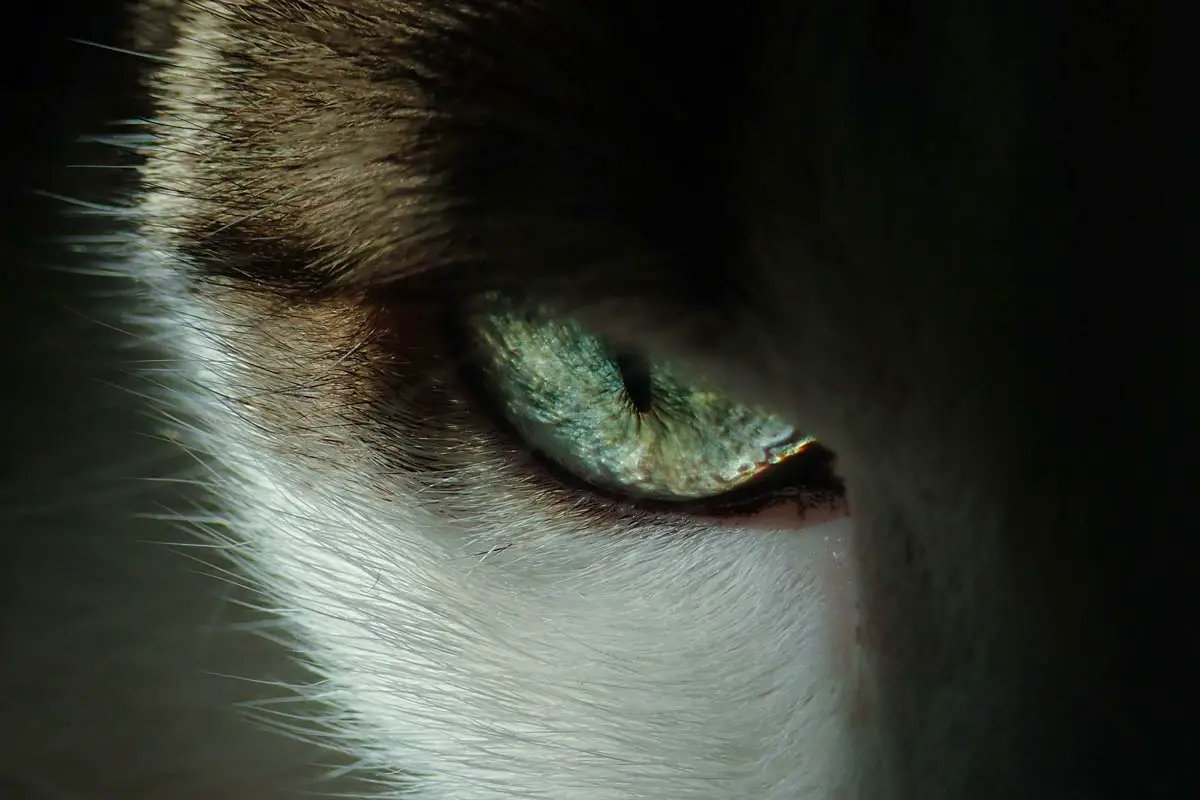Cats are renowned for their mysterious and captivating nature, and a significant part of their allure lies in their exceptional vision.
Understanding how cats see the world can provide us with valuable insights into their behavior, hunting abilities, and overall sensory experience.
In this article, we will explore the fascinating realm of cat vision, delving into their unique visual abilities and shedding light on the wonders of their visual perception.

1. The Fascinating World of Cat Vision
1.1 Nearsightedness
Are Cats Near-Sighted Or Far-Sighted?
Cats are generally considered to be near-sighted, meaning they have better vision up close compared to objects in the distance.
This nearsightedness is due to the anatomy of their eyes, which are shaped to provide them with excellent focus on objects that are within close range.
However, their ability to see objects far away is not as sharp or clear as that of humans. Cats’ eyes are designed to excel at detecting motion and tracking prey at short distances, allowing them to pounce with precision.
So, while cats may have limited long-distance vision, they make up for it with their exceptional night vision and acute ability to detect movements nearby.
1.3 Color vision
Are cats colorblind?
Many people believe that cats are colorblind, but this is not entirely true.
While they don’t see the world in the same way that humans do, they can see some colors.
Cats have fewer color receptors in their eyes than humans, so the colors they see are more muted. They are particularly sensitive to shades of blue and green, but reds and pinks appear more gray or beige to them.
1.3 Night vision
Can cats see in the dark?
Yes, in fact, cats are famous for being able to see in the dark, and this is due to their impressive night vision.
They have a larger pupil and more rods in their eyes than humans, which allows them to see in low-light conditions.
Additionally, cats have a reflective layer behind their retina called the tapetum lucidum, which helps to amplify the light that enters their eyes.
This is why a cat’s eyes appear to glow in the dark.

2. Cat vision & Human vision?
While cats possess remarkable visual abilities, it is important to note that their vision differs from that of humans in several aspects.
| Items | Cat vision | Human vision |
|---|---|---|
| Visual Acuity | – Lower visual acuity – Near-sighted | – Superior visual acuity – Capable of distinguishing fine details and perceiving sharp images. |
| Color Perception | – Dichromatic color vision, with only two types of cones in their eyes. – See the world in shades of blue and green, with less distinction in the red spectrum. | – Trichromatic color vision, enabled by three types of color receptors (cones) in the eyes. – Perceive a wide range of colors. |
| Night Vision | – Exceptional night vision. | – Limited night vision capabilities. |
| Field of View | – Wider field of view, with their eyes positioned more laterally on the head. – A broader peripheral vision, allowing them to detect movements and potential threats from various angles. | – Narrower field of view compared to cats. – Our forward-facing eyes provide excellent depth perception and focus on a specific point. |
| Depth Perception | – A reduced ability for precise depth perception. – Cat eyes are more suited for tracking and pouncing on prey at close distances. | – Superior depth perception. – Our eyes are positioned at the front of the face, which provides overlapping visual fields and enables us to perceive depth and distances accurately. |
| Sensitivity to Motion | – A heightened sensitivity to motion. – Their eyes are adept at detecting even the slightest movements, which is essential for hunting and capturing prey. | While humans can perceive motion, we are not as sensitive to it compared to cats. |
Humans generally have superior visual acuity, color perception, depth perception, and precise depth and distance judgment compared to cats.
However, cats possess exceptional night vision, a wider field of view, heightened motion detection, and a nearsighted focus that aids them in close-range activities like hunting.

3. Cat vision & Dog vision
Cats and dogs have contrasting visual adaptations due to their differing evolutionary backgrounds.
Cats are primarily solitary hunters and rely on their acute vision for stalking and capturing prey.
Dogs, on the other hand, are social pack animals with a strong sense of smell and rely more on motion detection rather than visual acuity.
While both cats and dogs possess certain advantages in their visual abilities, cats generally have a slight edge when it comes to night vision and focus on finer details.
4. Conclusion
Cat vision is a fascinating subject that offers a glimpse into the sensory world of these enigmatic creatures.
Their nearsightedness, limited color vision, and exceptional night vision contribute to their unique perspective on the world.
By understanding how cats see, we can better appreciate their behaviors, hunting techniques, and adaptations to their surroundings.
Remember, if you have any concerns about your cat’s vision or general well-being, it is always recommended to consult with a veterinarian. They can provide expert guidance and ensure your feline companion receives the care they need.
Read more:










